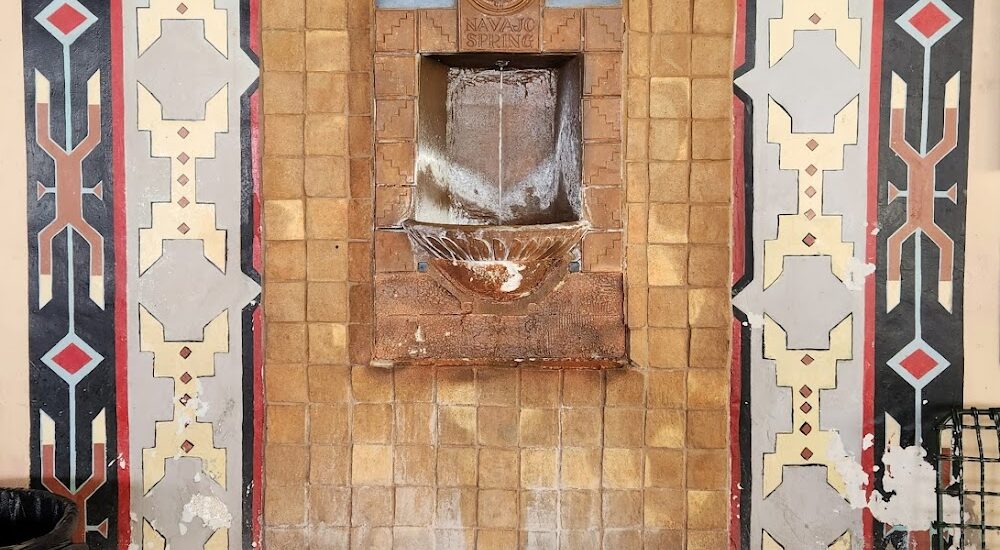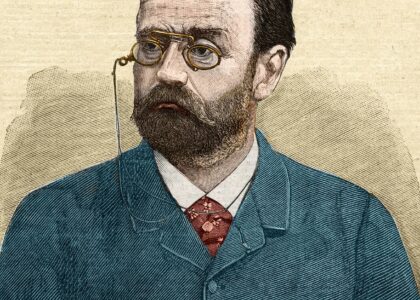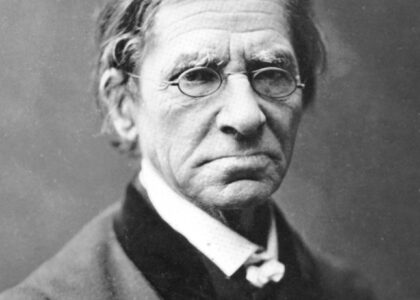Just off Main Street in the charming town of Manitou Springs, Colorado, lies Navajo Spring, a site rich with history and cultural significance. This natural soda spring is one of the eight celebrated mineral springs that have drawn visitors to the area for centuries. The story of Navajo Spring begins long before European settlers arrived, with Native American tribes, including the Ute, Arapaho, and Cheyenne, who revered the springs for their healing and spiritual properties. The water, believed to be a gift from the Great Spirit, Manitou, was used in sacred rituals and for healing the sick and wounded.
As European settlers moved into the region during the 19th century, they quickly recognized the commercial potential of the springs. By the late 1800s, Manitou Springs had transformed into a bustling spa town, attracting those seeking the health benefits of the mineral waters. Businessmen like Jerome B. Wheeler capitalized on this, bottling the effervescent water from Navajo Spring and selling it far and wide as ‘Manitou Ginger Champagne,’ a non-alcoholic ginger ale that became a nationwide sensation.
However, the commercialization of these sacred waters did not come without controversy. According to legend, the Ute tribes placed a curse on the area, claiming that no successful business would prosper due to the disrespect shown to the sacred spring. This prophecy seemed to hold some truth as many commercial endeavors, including Wheeler’s bottling plant, eventually failed.
Despite this, the legacy of Navajo Spring continued. From 1871 to 1972, Chief Joseph Tafoya, known as Chief Joe ‘Little Deer,’ and his family performed traditional dances and songs at the spring, sharing their Tewa culture with visitors. Chief Little Deer was a prominent figure, not only for his cultural contributions but also for his leadership as governor of the Santa Clara Pueblo and chairman of the All Pueblo Indian Council.
In the late 20th century, the spring saw a revival. In 1991, the residents of Manitou Springs, with the help of donors, undertook a restoration project to preserve this historic landmark. Today, visitors can once again enjoy the naturally carbonated waters of Navajo Spring, a testament to the enduring allure and historical significance of Manitou Springs’ mineral springs.






